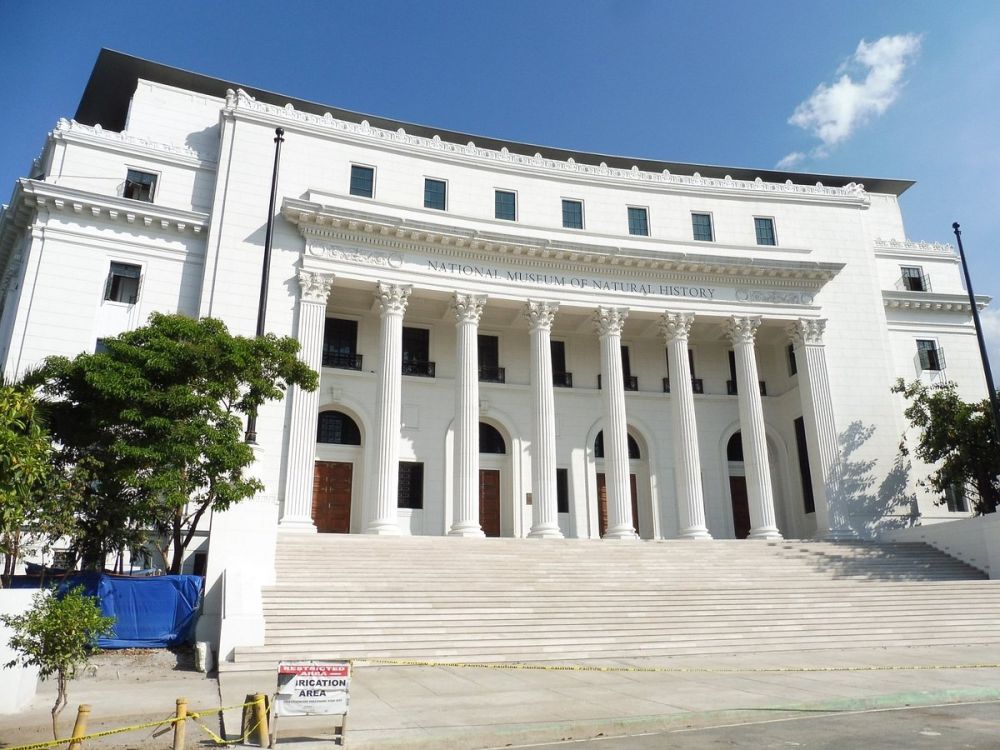

The National Museum of the Philippines, situated in the capital city Manila, stands as a testament to the rich cultural and historical tapestry of the Philippines. Established on October 29, 1901, under the American civil government, it was initially known as the Insular Museum of Ethnology, Natural History, and Commerce. Over the years, it has evolved into a comprehensive institution comprising anthropological, archaeological, ethnographic, and visual artistry of the Filipino heritage.
As a hub for educational and cultural activities, the museum plays a pivotal role in the conservation and dissemination of the Philippine's cultural and natural heritage. With its inception during the American era, the institution has undergone numerous transformations, reflecting the changing landscape of Filipino identity and history.
The museum has consistently upgraded its facilities and exhibitions, adapting to the growing interest in Philippine history and culture. Its collections have expanded to include significant artifacts such as the Spoliarium by Juan Luna, the Manunggul Jar, and the remains of the Tabon Man, which attest to the rich pre-colonial past of the archipelago.
Over the decades, the museum has become a significant destination for education, with students and researchers flocking to its halls to delve into the nation's past. Its role in tourism has also magnified, making it one of the must-visit attractions in Manila for travelers looking to understand the Philippines beyond its beaches and natural wonders.
Tourism in the Philippines experienced a significant surge post-World War II. The establishment of the Philippine Tourism Authority in the 1970s paved the way for the development and promotion of various destinations, including Manila's historical landmarks and museums. The National Museum has benefited from this national strategy, seeing a steady increase in local and international visitors.
In recent times, there has been a noticeable trend towards cultural tourism. Tourists are increasingly seeking authentic experiences that offer a deeper understanding of the local culture and history. This movement has magned the National Museum's role in the tourism sector. The museum has responded by offering more interactive exhibits, educational tours, and cultural programs.
In line with global trends, technological advancements have also influenced the museum's offerings. Virtual tours and augmented reality experiences are among the innovations being integrated to attract a tech-savvy generation and those unable to visit in person, broadening the reach of the museum's rich content.
The National Museum has also capitalised on the power of social media to engage with a younger demographic, showcasing the country's heritage in a relatable and compelling manner, further driving interest in Philippine history and art.
Looking ahead, the National Museum continues to adopt new strategies to attract visitors and make Philippine history accessible to a global audience. With the ongoing emphasis on sustainable tourism, the museum promotes responsible visitation practices, ensuring that this cornerstone of Filipino heritage will be preserved for generations to come.
Boldly moving into the future, the National Museum remains a custodian of the nation's story, inviting locals and tourists alike to explore the depth of the Filipino spirit, history, and culture.